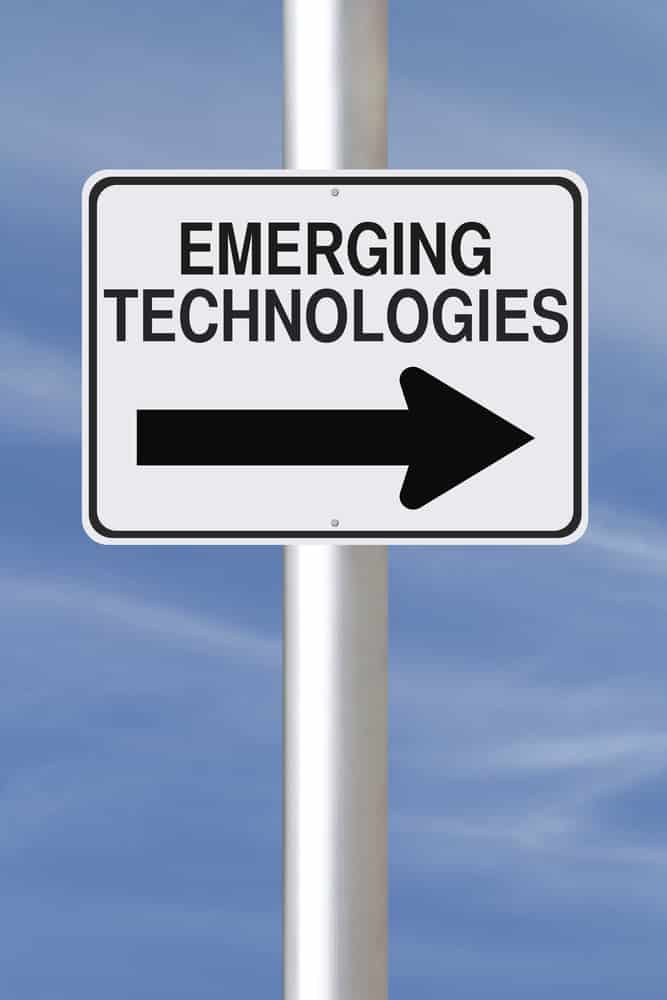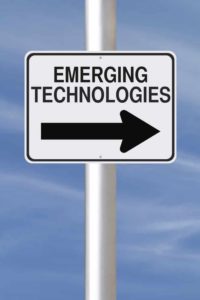How “The Internet of Everything” Changes Everything

In my talks around the country, many B2B (business to business) executives have rolled their eyes at the mention of technology trends, such as relational databases and Big Data. They rationalize that these emerging technologies are too theoretical, relate to B2C (business to consumer) and are years away from changing their way of doing business. Oh contraire.
 The confluence of technologies commonly referred to as the Internet of Everything (or the Internet of Things) has extraordinary implications for all businesses, big or small, B2C or B2B. The convergence of such technologies could radically change industries, including the number of competitors, what they sell and whom they sell to. New entrants are a threat in almost any space, when they provide superior technologies that reshape a client’s experience. Companies who fail to deliver unique value to the value chain, or maintain a singular focus within it are destined to feel the impact of commoditization and irrelevance.
The confluence of technologies commonly referred to as the Internet of Everything (or the Internet of Things) has extraordinary implications for all businesses, big or small, B2C or B2B. The convergence of such technologies could radically change industries, including the number of competitors, what they sell and whom they sell to. New entrants are a threat in almost any space, when they provide superior technologies that reshape a client’s experience. Companies who fail to deliver unique value to the value chain, or maintain a singular focus within it are destined to feel the impact of commoditization and irrelevance.
Over the course of the last 50 years, there have been three waves of technology that have impacted every enterprise. In the mid-1900’s, businesses found methods to automate production, supply chain and back office tasks such as invoicing[i]. The advent of the personal computer, computer networks and the internet represented the second wave, where businesses could be connected to one another providing quicker access to information.
The third wave (which is only now emerging) will be the most radical because technology is inherent in almost every product or service. Technologies such as connected smart devices are embedded in physical products we buy, and technology drives many of the activities that surround services we provide to customers. Products that were once made of electronic or mechanical parts are morphing into complex systems (which include data storage, microchips and software), which connect seamlessly with one another. For the first time in history, smart devices will provide a complete snapshot and history of every facet of a product’s life.
One can only imagine the possibilities. Let’s for the sake of example, consider how connected smart devices would impact a mature, capital intense B2B company such as an aerospace parts manufacturer:
- Within every part there is a chip that tracks its cost, projected life, stress level and location. Every part for every platform is tracked in a private cloud. The company can project in real time; future demand, replacement cost, warranty exposure and revenue, well in to the future.
- The company’s production and facilities team fully utilize every asset with no waste. Downtime of equipment is virtually zero, as every piece of equipment is tooled with sensors that provide alerts of potential mechanical failures before they occur. Only the machines that are needed to run on a particular day are utilized, and there is no overtime because business demand and production schedules are running at maximum efficiency.
- Suppliers only deliver raw materials when needed as they have real time access to existing stock, work-in-process and finished goods. As everything is delivered with a chip, a handheld computer device can receive an entire load, instantly. Most buying and receiving positions are eliminated as redundant elements of the supply chain.
- The CEO walks to his car in the morning, which already knows where the first appointment will be, uploads directions, drives itself to the meeting and reads meeting notes from the last meeting with the client on the way. The CEO’s tablet is preloaded with news and industry reports about that client, in real time. If the CEO’s biorhythms are off by mid-morning, his wearable device instructs him to eat a custom blended protein bar.
- Sales provides much more value to customers, by providing real-time data analytics (from multiple sources) that allows customers to better anticipate which parts they will need to buy to support their future uptime, fuel consumption, and safety initiatives.
- Future product designs reflect real time feedback from every part that has already been shipped.
Of course, these examples are the tip of the iceberg. All of these technologies are available commercially today, or will be within several years.
I have been saying for some time that we will all be technology companies some day. What is becoming clear is that technology is not only a tool to make things faster or cheaper, but will be the driving force behind competitive advantage in the next decade and beyond.
Companies must evaluate their role in the value chain, and how other elements downstream and upstream will be affected by the connectivity of all devices, systems and platforms. The internet of everything will change everything.
Marc Emmer is President of Optimize Inc., a management consulting firm, specializing in Strategic Planning. Marc can be reached at marc@optimizeinc.net
[i] Adapted from How Smart, Connected Products Are Transforming Competition by Michael Porter and James Hepplemann HBR November 2014
Category: Technology
Tags: Vistage International

